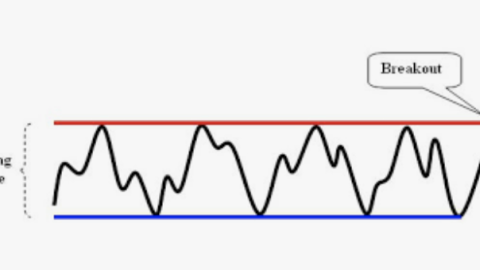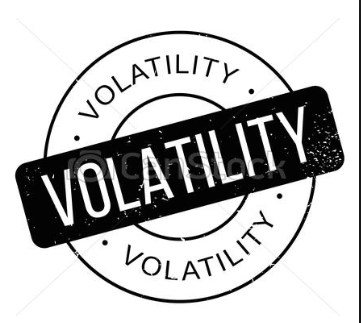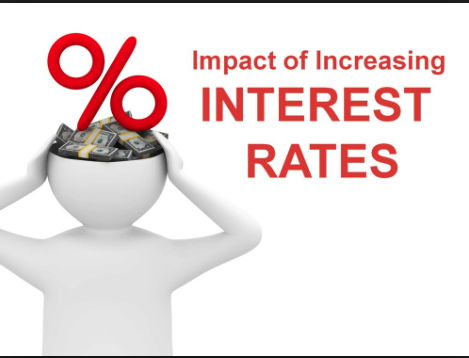
Things are getting ugly and policymakers are swinging into action. We now find ourselves in the extraordinary position that interest rates in the US, euro-zone, Japan and the UK have now returned to close what central banks in each case believe is their effective lower bound. As the scale of the economic and market disruption wrought by the coronavirus becomes clear, it seems likely that investors will increasingly start to question whether policymakers have already exhausted their capacity to respond.
One point to stress from the outset is that the ability of central banks and governments to “put a floor” under stock markets is limited. As we have noted before, history suggests that equity markets are only likely to bottom out when it becomes clear that the flow of new cases of the virus has peaked. Until this happens, we should expect stock markets to remain under pressure.
But that doesn’t mean that policymakers are impotent. Instead, it all depends on what they’re trying to achieve. Three potential objectives stand out.
The first is to prevent the dislocation in financial markets over the past week from developing into a severe liquidity squeeze. The second is to provide short-term assistance to those affected directly by the economic disruption caused by measures to contain the virus. And the third is to engineer a more fundamental and longer lasting expansion of demand (in part to head off mounting fears of deflation).
Different tools are needed to meet these different objectives. Responsibility for delivering the first objective – preventing a liquidity squeeze – lies squarely with central banks. There’s plenty of room for them to do more if necessary. This can take several forms but in general any measures will fall into one of two camps. The first involves steps to target particular pockets of illiquidity, for example setting up direct funding lines for banks struggling to access interbank markets. The expansion of foreign currency swap lines announced last night by the world’s major central banks should also help to ease strains in dollar (or euro) funding markets. The second involves flooding the system with liquidity by expanding banks’ reserves at the central bank (this would have the look and feel of quantitative easing). Neither step would do much to boost aggregate demand or economic activity (more on this later) but they should help to prevent a liquidity squeeze. And both could in theory be done without limit if required.
The second objective – countering the immediate hit to activity from the virus – will require a response from both central banks and governments. Central banks can offer cheap funding for commercial banks that lend to the hardest hit or most at risk sectors. This is the thrust of the catchily-named “Term Funding Scheme for Small and Medium-sized Enterprises” that was launched last week by the Bank of England. If things got really bad, central banks could even make funding directly available to the non-financial corporate sector (and possibly even households).
But fiscal policy has a bigger role to play. This encompasses everything from the expansion of access to healthcare and increases in government-funded sick pay to tax breaks for businesses and one-off payments to households (similar to the HK$10,000 payment made by the government of Hong Kong to all citizens in this year’s budget). Governments can also guarantee cheap loans made to the hardest hit (but otherwise solvent) firms or – in the extreme – assume the liabilities of private companies.
It’s worth noting, however, that these measures – both monetary and fiscal – will at best only cushion the economic effects of the virus. A significant downturn is looming over the coming months, the only question is how deep it becomes.
Responsibility for delivering the third possible objective – engineering a more fundamental expansion in aggregate demand – now lies more with governments than central banks. This reflects the fact that monetary policy is operating at the limits of what it can do to stimulate demand. Government bond yields are either close to or below zero in most developed markets meaning there’s little scope to drive them even lower. Accordingly, additional sovereign bond purchases by central banks are unlikely to have much of an impact on demand. The same is true of “yield curve control” and forward guidance. Central banks could step up purchases of corporate debt, where yields are higher and curves steeper. But this would require some legal changes in some cases and is unlikely to deliver a major boost to aggregate demand.
Instead, the responsibility for delivering a more lasting expansion in aggregate demand now sits squarely with fiscal policy. As I’ve noted before, this would be most effective if it was undertaken by countries running large budget and current account surpluses. But the UK government’s budget – delivered last week – demonstrates that, in a world of ultra-low real interest rates, there’s scope for deficit countries to loosen fiscal policy. And while it’s most likely that any fiscal expansion by other governments over the coming weeks and months will be debt-financed, it’s possible that if the economic disruption is longer-lasting then governments will increasingly consider fiscal expansion financed directly by central banks (so-called “helicopter money”).
In the past, this has raised all sorts of concerns about blurring the lines between fiscal and monetary policy. But in a world where demand is collapsing such concerns would be quickly pushed to one side.










